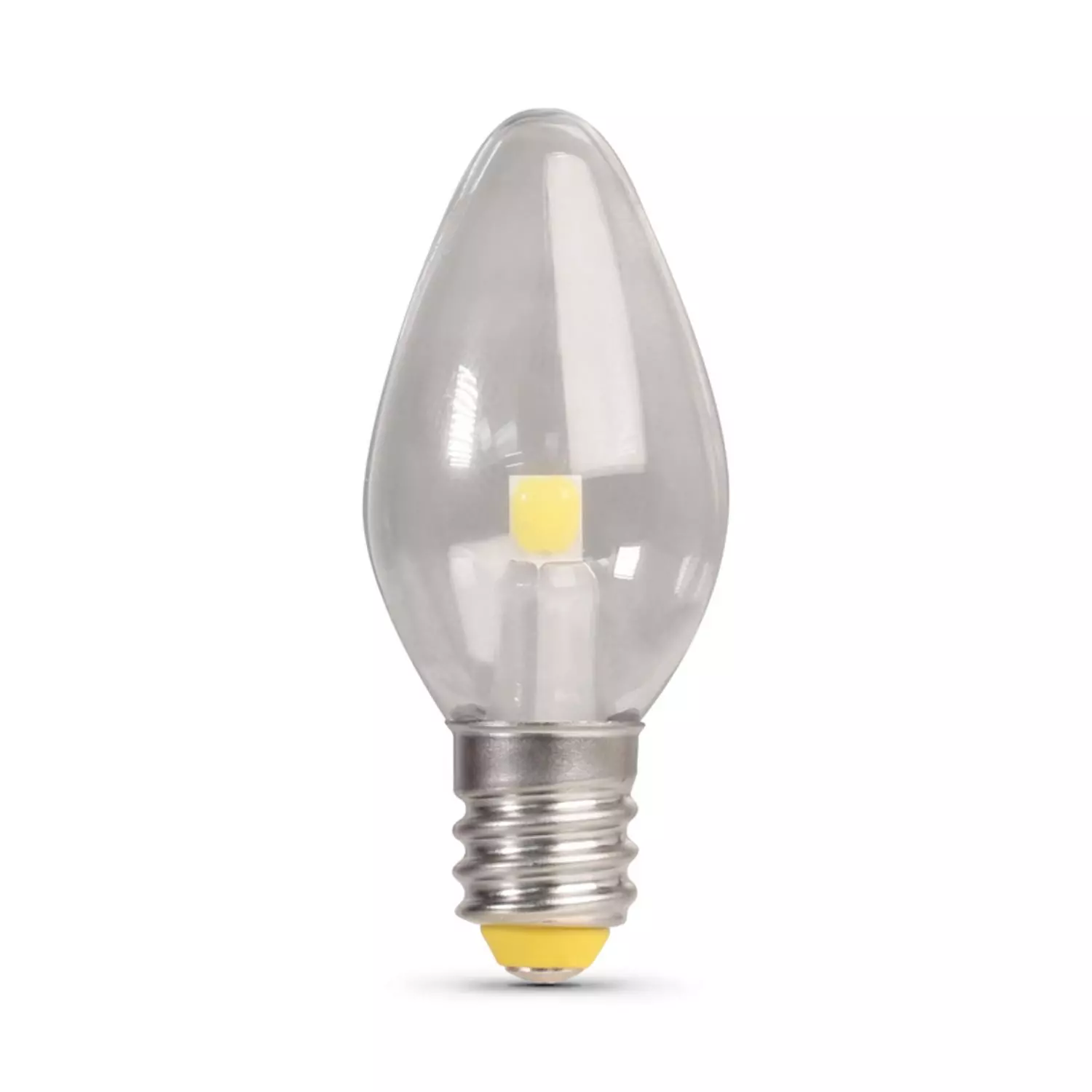

Articles
How Many Watts Is A C7 LED Bulb
Modified: January 19, 2024
Discover the article that answers the question "How many watts is a C7 LED bulb?" Explore our comprehensive guide on wattage and energy efficiency of C7 LED bulbs.
(Many of the links in this article redirect to a specific reviewed product. Your purchase of these products through affiliate links helps to generate commission for Storables.com, at no extra cost. Learn more)
Introduction
Welcome to this article where we will explore the fascinating world of C7 LED bulbs and answer the common question: how many watts is a C7 LED bulb? LED (Light Emitting Diode) bulbs have revolutionized the lighting industry with their energy efficiency, durability, and versatility. With their increased popularity, it’s important to understand the technical aspects of these bulbs, such as their wattage, to make informed decisions when it comes to lighting your home or office.
LED bulbs have become the go-to option for many households and businesses due to their numerous benefits. Unlike traditional incandescent bulbs, which produce light by heating a filament, LED bulbs use semiconductors to emit light electronically. This not only makes them more energy-efficient but also extends their lifespan significantly.
Before we delve into the wattage of C7 LED bulbs, let’s take a moment to understand the concept of watts and lumens. Both measurements are crucial when it comes to selecting the right bulb for your needs.
Key Takeaways:
- C7 LED bulbs offer exceptional energy efficiency with low wattage, providing bright illumination while minimizing power consumption. Their long lifespan and minimal heat generation make them a sustainable lighting choice.
- Compared to traditional bulbs, C7 LED bulbs outshine in energy efficiency, longevity, and environmental impact. Their advanced technology and versatility offer both convenience and eco-friendliness.
Read also: 15 Amazing C7 LED Bulb for 2024
Understanding LED Bulbs
LED bulbs have revolutionized lighting technology with their advanced features and energy efficiency. Understanding the key aspects of LED bulbs will help you make informed decisions when it comes to lighting your space.
One of the key features of LED bulbs is their energy efficiency. Compared to traditional incandescent bulbs, LED bulbs consume significantly less energy to produce the same amount of light. This not only helps reduce electricity bills but also contributes to environmental conservation by reducing carbon emissions.
LED bulbs are also known for their long lifespan. While incandescent bulbs typically last for around 1,000 hours, LED bulbs can last up to 25,000 hours or even more. This means less frequent bulb replacements, reducing the hassle and cost of maintenance.
Another advantage of LED bulbs is their durability. Incandescent bulbs are fragile and prone to breakage, but LED bulbs are made of sturdy materials that can withstand shocks and vibrations, making them suitable for various applications, including outdoor lighting.
LED bulbs also offer versatile lighting options. They come in a range of color temperatures, from warm white to cool white, allowing you to create different moods and ambiances in your space. Additionally, LED bulbs can be dimmed to adjust the brightness level, providing flexibility in lighting control.
Furthermore, LED bulbs do not emit harmful UV rays, making them safer for both human health and the preservation of sensitive materials, such as artwork and fabrics.
In summary, LED bulbs are energy-efficient, long-lasting, durable, and offer versatile lighting options. Now that we have a better understanding of the benefits of LED bulbs, let’s move on to the concept of watts and lumens, which are essential for choosing the right bulb.
Explaining Watts and Lumens
When it comes to selecting the right bulb for your needs, it’s essential to understand the concepts of watts and lumens. These two measurements provide valuable information about a bulb’s brightness and energy consumption.
Watts (W) refer to the amount of power consumed by a bulb. In the past, wattage was commonly used to determine a bulb’s brightness. However, with the introduction of energy-efficient LED bulbs, wattage alone is no longer sufficient as LEDs can produce the same amount of light with significantly fewer watts compared to traditional incandescent bulbs.
Lumens (lm), on the other hand, measure the amount of visible light emitted by a bulb. It is a more accurate indicator of a bulb’s brightness. The higher the number of lumens, the brighter the light output.
To give you a better idea of the relationship between watts and lumens, consider this analogy: watts are to power consumption as lumens are to brightness. In other words, while wattage indicates how much energy a bulb consumes, lumens indicate how much light it produces.
When shopping for LED bulbs, it’s helpful to look for the lumens rating rather than focusing solely on wattage. LED bulbs are designed to produce a specific amount of light output (lumens) while consuming minimal power (watts).
For example, a traditional incandescent bulb may have a wattage of 60W and produce around 800 lumens of light. In contrast, an equivalent LED bulb may only consume 9W of power while producing the same 800 lumens. This significant difference in wattage highlights the energy efficiency of LED bulbs.
To further assist consumers in making informed choices, the US Federal Trade Commission (FTC) has introduced a standardized labeling system for bulbs. This system includes information such as the bulb’s brightness in lumens, estimated yearly energy cost, and the bulb’s lifespan.
Now that we understand the concepts of watts and lumens, let’s dive into the specific wattage of C7 LED bulbs and how it compares to other bulb types.
C7 LED Bulbs and Their Wattage
C7 LED bulbs are a popular choice for decorative lighting purposes such as holiday decorations, parties, and events. These bulbs are small in size and typically come in a candle-shaped form.
When it comes to the wattage of C7 LED bulbs, it usually ranges from 0.5W to 1W. The low wattage of C7 LED bulbs is a testament to their energy efficiency. They can produce a decent amount of light while consuming minimal power. This makes them an excellent option for scenarios where multiple bulbs are used, such as string lights.
The wattage range of C7 LED bulbs may vary slightly based on the manufacturer and the specific model. It’s essential to check the specifications provided by the manufacturer to ensure that you are selecting the right bulb for your needs.
Furthermore, C7 LED bulbs are available in different color options, allowing you to choose the desired ambiance for your space. Whether you prefer warm white for a cozy atmosphere or vibrant colors for festive occasions, there is a C7 LED bulb available to suit your preferences.
It’s worth noting that the wattage of C7 LED bulbs determines their power consumption and energy cost. The lower the wattage, the less electricity they consume, resulting in lower energy bills and reduced environmental impact.
Additionally, as C7 LED bulbs have a long lifespan, you can enjoy their energy efficiency benefits for an extended period. This means fewer bulb replacements and less maintenance hassle in the long run.
Now that we understand the wattage of C7 LED bulbs let’s explore the factors that can affect their wattage.
When looking for the wattage of a C7 LED bulb, check the packaging or product specifications. Most C7 LED bulbs consume around 0.5 to 1 watt, making them energy-efficient alternatives to traditional incandescent bulbs.
Factors Affecting Wattage of C7 LED Bulbs
The wattage of C7 LED bulbs can be influenced by several factors. It’s important to consider these factors as they can affect the overall performance and energy efficiency of the bulbs.
1. LED Chip Efficiency: The efficiency of the LED chips used in C7 bulbs plays a significant role in determining their wattage. Higher-quality LED chips can produce more light output (lumens) while consuming less power (watts). Therefore, bulbs with more efficient LED chips tend to have lower wattage ratings.
2. Design and Construction: The design and construction of C7 LED bulbs can impact their wattage. Bulbs that are designed with optimal heat dissipation mechanisms and efficient circuitry can reduce power consumption and operate at lower wattages while still delivering sufficient brightness.
3. Voltage Regulation: The wattage of C7 LED bulbs can also be influenced by the voltage regulation system within the bulb. The use of advanced voltage regulation technology ensures a stable and consistent power supply to the LEDs, helping to maintain optimal performance without excessive power consumption.
4. Dimmable vs. Non-Dimmable Bulbs: Dimmable C7 LED bulbs require additional circuitry to control the brightness level. This added circuitry can slightly increase the wattage compared to non-dimmable bulbs. If you plan to use dimmable C7 LED bulbs, it’s essential to consider their wattage requirements and make sure your dimmer switch is compatible.
5. Environmental Factors: Environmental conditions such as temperature and humidity can affect the wattage of C7 LED bulbs. Extreme temperatures can impact the efficiency of the LEDs, causing them to consume more power. It’s important to follow the manufacturer’s guidelines regarding operating temperatures to ensure optimal performance and energy efficiency.
By considering these factors, you can make informed decisions when selecting C7 LED bulbs that meet your brightness requirements while maintaining energy efficiency.
Now that we understand the factors influencing the wattage of C7 LED bulbs, let’s compare them to other types of bulbs in terms of energy efficiency.
Read more: How Many Watts Is An LED Bulb
Comparing C7 LED Bulbs to Other Bulb Types
When it comes to energy efficiency, C7 LED bulbs outshine many other types of bulbs. Let’s compare C7 LED bulbs to some common bulb types to highlight their advantages.
1. Incandescent Bulbs: Traditional incandescent bulbs are known for their warm glow, but they are highly inefficient. Incandescent bulbs convert most of the energy they consume into heat rather than light, resulting in wasted energy and higher electricity bills. In contrast, C7 LED bulbs use semiconductor technology to produce light efficiently, consuming significantly less power and producing minimal heat.
2. Compact Fluorescent Lamps (CFLs): CFLs were once considered a more energy-efficient alternative to incandescent bulbs. While CFLs consume less energy than incandescent bulbs, they still fall short in comparison to C7 LED bulbs. CFLs contain mercury, which can be harmful to the environment if not disposed of properly. C7 LED bulbs, on the other hand, are mercury-free, making them a safer and more environmentally friendly choice.
3. Halogen Bulbs: Halogen bulbs are known for their bright and crisp light output, but they are not as energy-efficient as LED bulbs. Halogen bulbs can consume up to five times more energy than C7 LED bulbs to produce the same amount of light output (lumens). Additionally, halogen bulbs have a significantly shorter lifespan compared to LED bulbs, requiring frequent replacements.
4. Incandescent Decorative Bulbs: When it comes to decorative lighting, incandescent decorative bulbs have been popular due to their unique filament design. However, they are not energy-efficient, consuming more power than C7 LED bulbs. Furthermore, incandescent decorative bulbs are fragile and prone to breakage, whereas C7 LED bulbs are more durable and long-lasting.
5. High-Intensity Discharge (HID) Bulbs: HID bulbs, such as metal halide and high-pressure sodium lamps, are commonly used for outdoor lighting and in commercial settings. Although they provide high light output, they are less energy-efficient than C7 LED bulbs. HID bulbs require ballasts to regulate the high-voltage current, consuming more power and adding to the overall energy consumption.
It’s evident that C7 LED bulbs have a clear advantage when it comes to energy efficiency, longevity, and environmental impact. By choosing C7 LED bulbs, you can enjoy the benefits of low energy consumption, cost savings, and reduced carbon footprint.
Now that we’ve explored the energy efficiency aspect of C7 LED bulbs, let’s conclude with a brief discussion on their overall energy efficiency.
Energy Efficiency of C7 LED Bulbs
C7 LED bulbs are renowned for their exceptional energy efficiency, making them a popular choice for both residential and commercial lighting applications. Let’s explore the various aspects of their energy efficiency.
1. Power Consumption: C7 LED bulbs are designed to operate at low wattages while still delivering bright and vibrant light output. Compared to traditional incandescent bulbs, which can consume anywhere from 5 to 10 times more power, C7 LED bulbs can produce the same level of brightness with minimal power consumption. This translates to significant energy savings and reduced electricity bills.
2. Long Lifespan: C7 LED bulbs have an impressive lifespan that far surpasses traditional bulbs. With an average lifespan of 25,000 hours or more, C7 LED bulbs can last up to 25 times longer than incandescent bulbs. This extended lifespan not only reduces the frequency of bulb replacements but also cuts down on the energy and resources required to manufacture and dispose of bulbs.
3. Minimal Heat Generation: Unlike incandescent bulbs, which emit a significant amount of heat, C7 LED bulbs generate very little heat. This is because they convert most of the energy they consume directly into light, minimizing wasted energy. The reduced heat emission not only contributes to their energy efficiency but also makes them safer to use, especially in enclosed or small spaces.
4. Instant On/Off: C7 LED bulbs provide instant illumination as soon as they are switched on, eliminating the warm-up time required for some other bulb types. This means you can enjoy immediate light without any delay. Additionally, C7 LED bulbs can be switched on and off frequently without affecting their lifespan or energy efficiency, allowing for easy control and energy conservation.
5. Environmental Impact: C7 LED bulbs have a significantly lower environmental impact compared to traditional bulbs. Their energy efficiency reduces carbon emissions and helps mitigate climate change. Additionally, C7 LED bulbs are mercury-free, eliminating the environmental hazards associated with bulbs that contain mercury, such as compact fluorescent lamps (CFLs).
In summary, C7 LED bulbs excel in energy efficiency due to their low power consumption, long lifespan, minimal heat generation, and eco-friendly features. Switching to C7 LED bulbs not only reduces energy costs but also contributes to a greener and more sustainable future.
With a clear understanding of the energy efficiency benefits of C7 LED bulbs, we conclude this article. Embracing this advanced lighting technology can transform your space while promoting environmental consciousness and energy conservation.
Conclusion
In conclusion, C7 LED bulbs are a fantastic choice for both decorative and functional lighting purposes. With their low wattage, C7 LED bulbs offer exceptional energy efficiency, providing bright illumination while keeping power consumption to a minimum. Compared to traditional incandescent, halogen, and HID bulbs, C7 LED bulbs consume significantly less energy, resulting in cost savings on electricity bills and a reduced carbon footprint.
Not only are C7 LED bulbs energy-efficient, but they also offer numerous other advantages. Their long lifespan means fewer bulb replacements, saving both time and money. Additionally, C7 LED bulbs generate minimal heat, making them safer to use and reducing the strain on air conditioning systems in warmer climates.
When comparing C7 LED bulbs to other bulb types, it becomes clear that they outshine their counterparts in terms of energy efficiency, longevity, and environmental impact. Their technological advancements, such as efficient LED chips, optimal design, and voltage regulation, contribute to their low wattage and optimal performance.
Furthermore, C7 LED bulbs are versatile and available in various color options, allowing for customization and creating the desired ambiance for any occasion. Their instant on/off feature and compatibility with dimming systems offer convenience and flexibility in lighting control.
By choosing C7 LED bulbs, you not only enjoy the benefits of energy-efficient lighting but also contribute to a more sustainable future. The reduced power consumption and longer lifespan of C7 LED bulbs help conserve resources, lower greenhouse gas emissions, and minimize the impact on the environment.
In summary, C7 LED bulbs are a smart and eco-friendly lighting solution. Through their energy efficiency, longevity, and environmental benefits, they provide an excellent option for both residential and commercial applications. Make the switch to C7 LED bulbs and illuminate your space while embracing sustainability.
Frequently Asked Questions about How Many Watts Is A C7 LED Bulb
Was this page helpful?
At Storables.com, we guarantee accurate and reliable information. Our content, validated by Expert Board Contributors, is crafted following stringent Editorial Policies. We're committed to providing you with well-researched, expert-backed insights for all your informational needs.
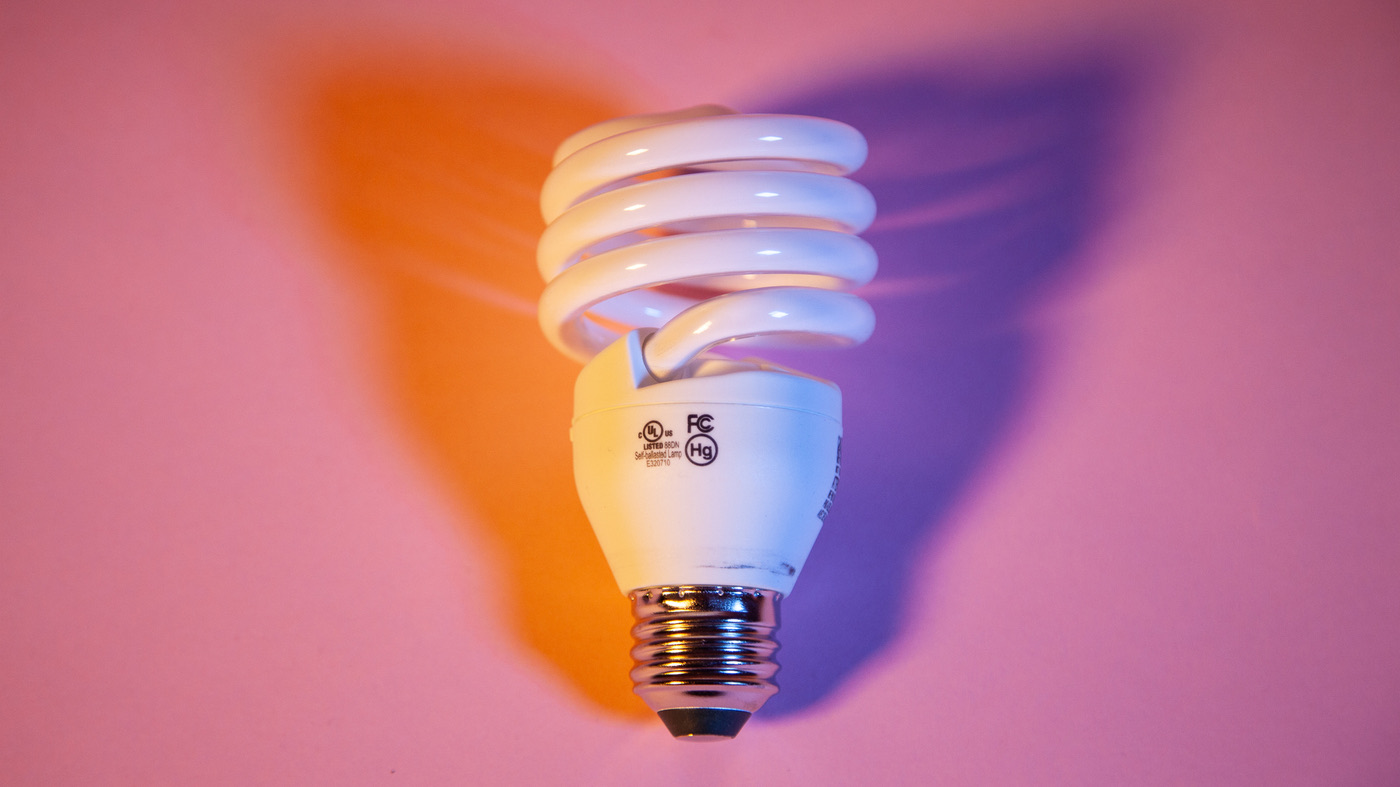
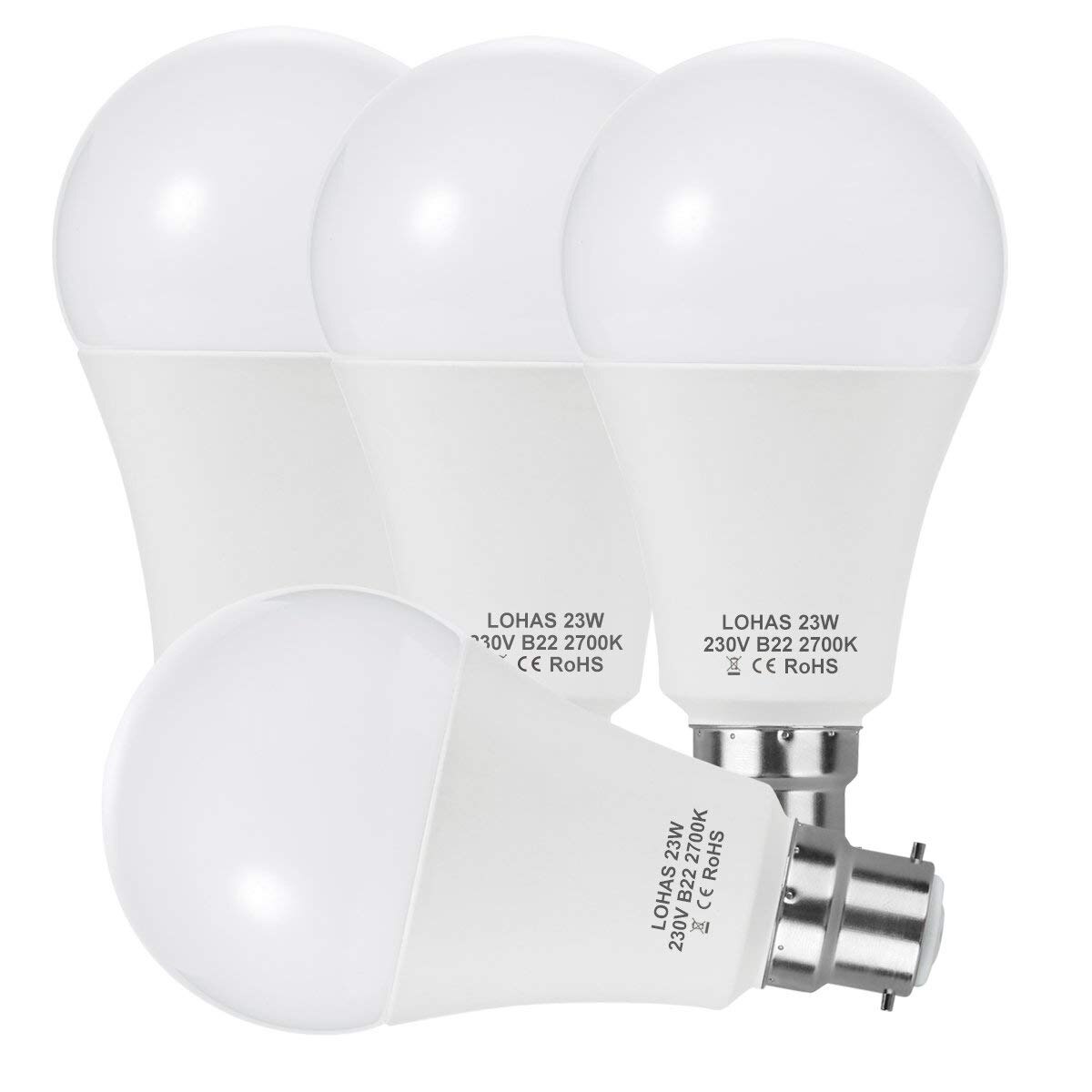
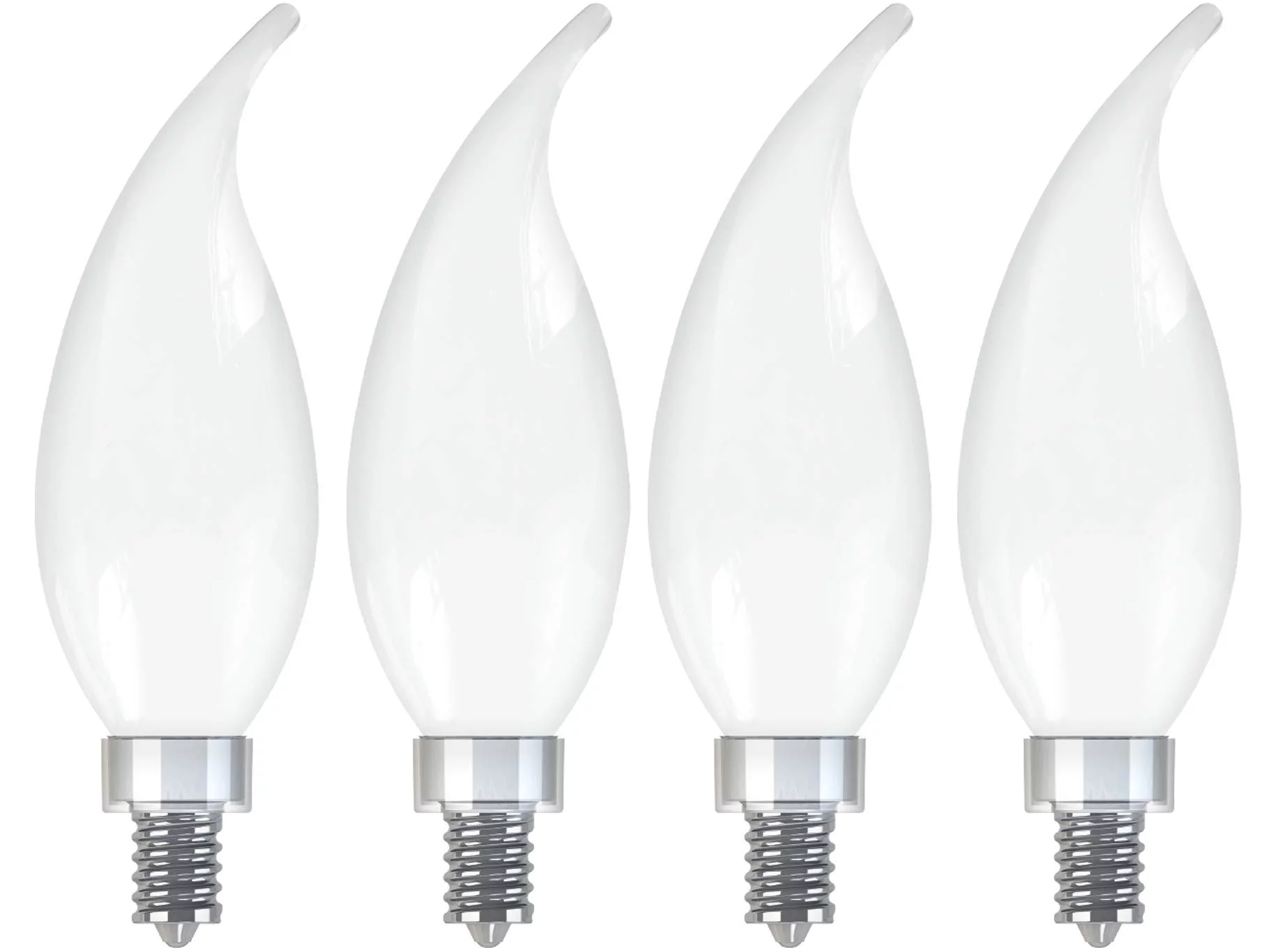
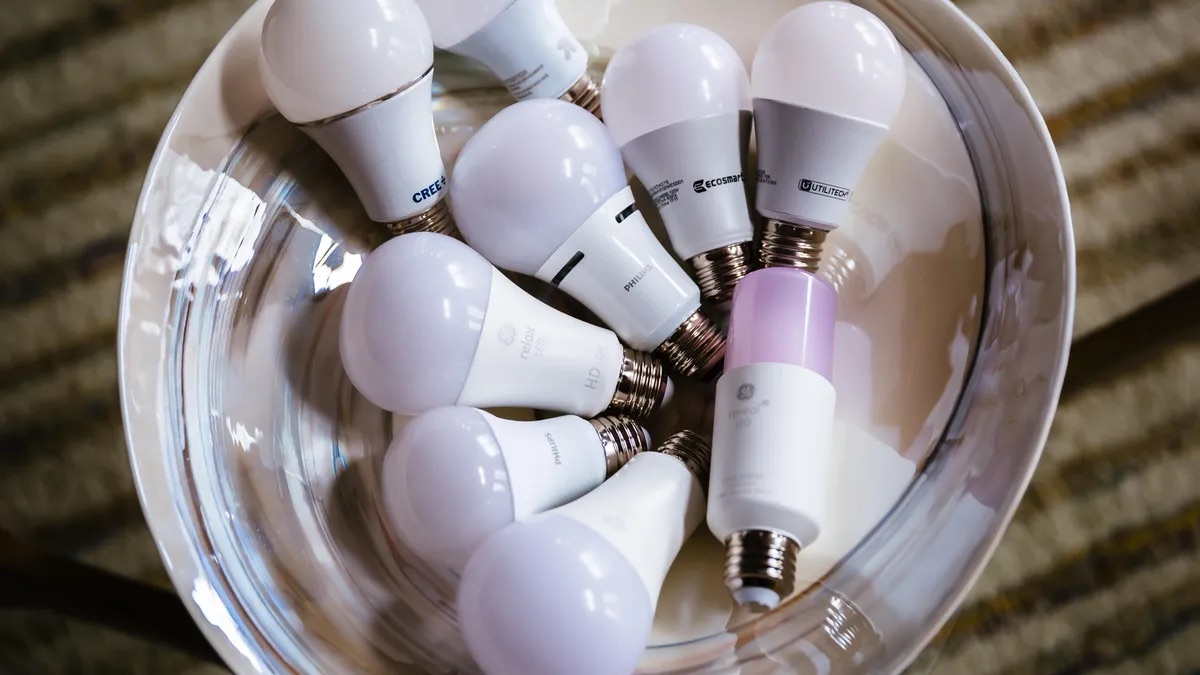
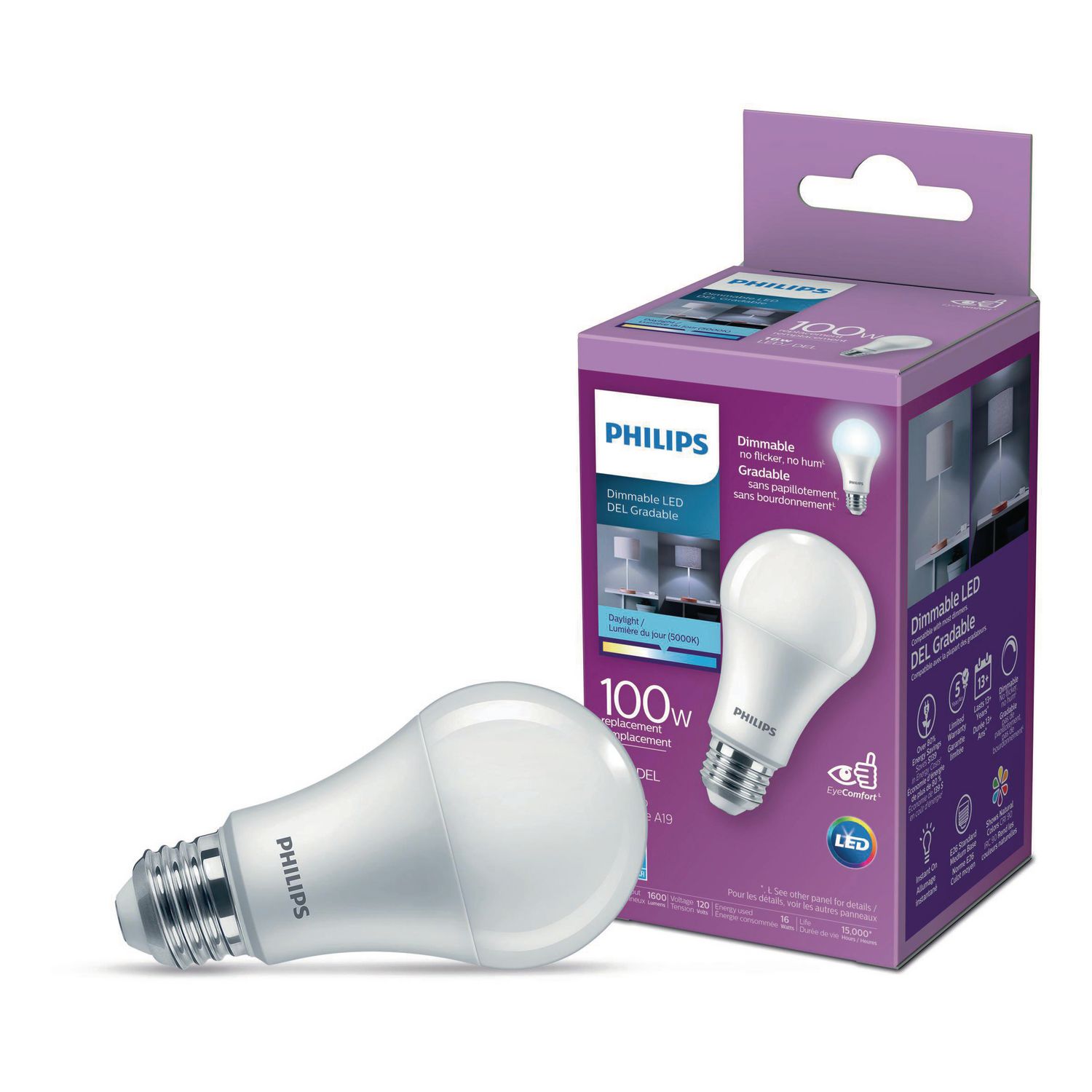
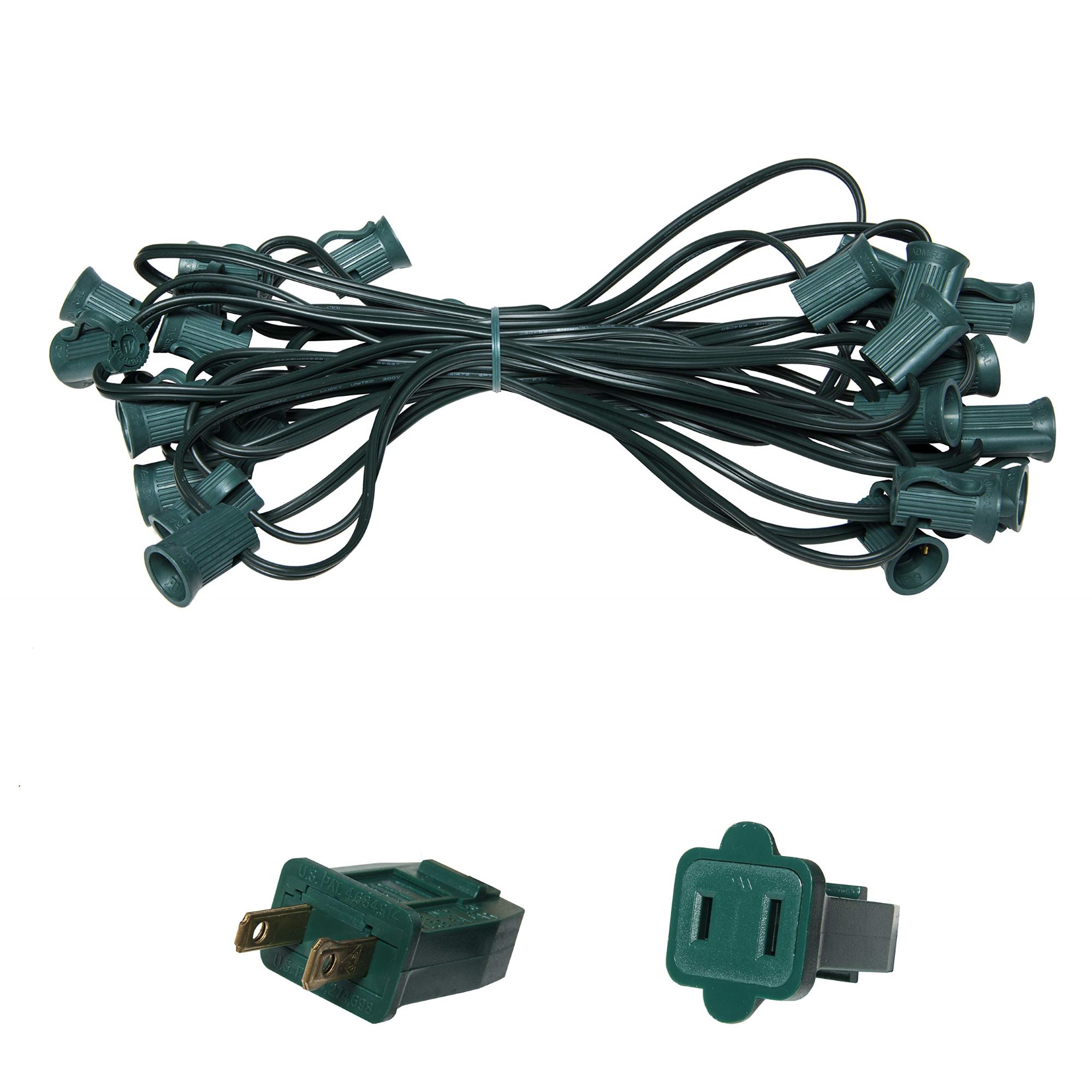
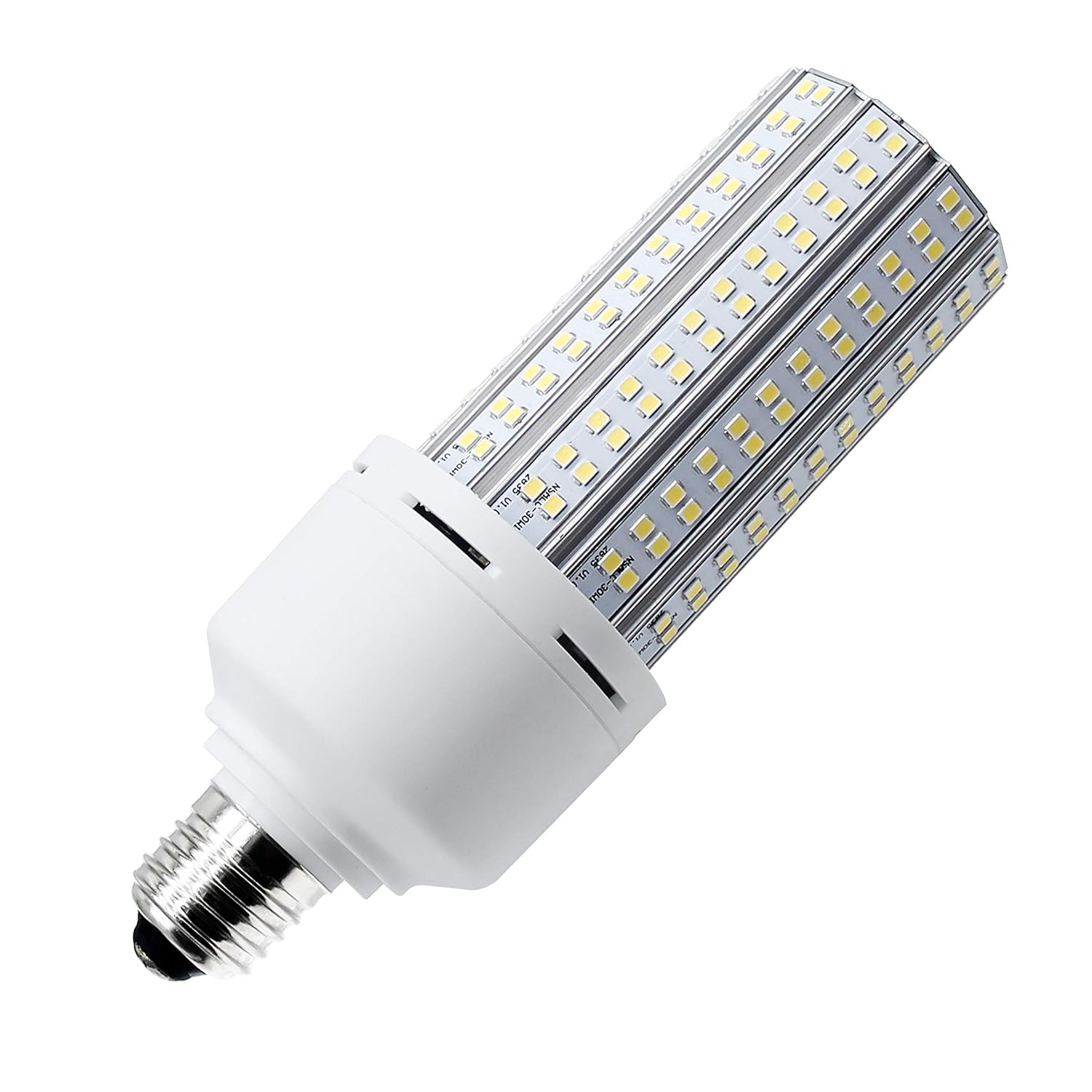
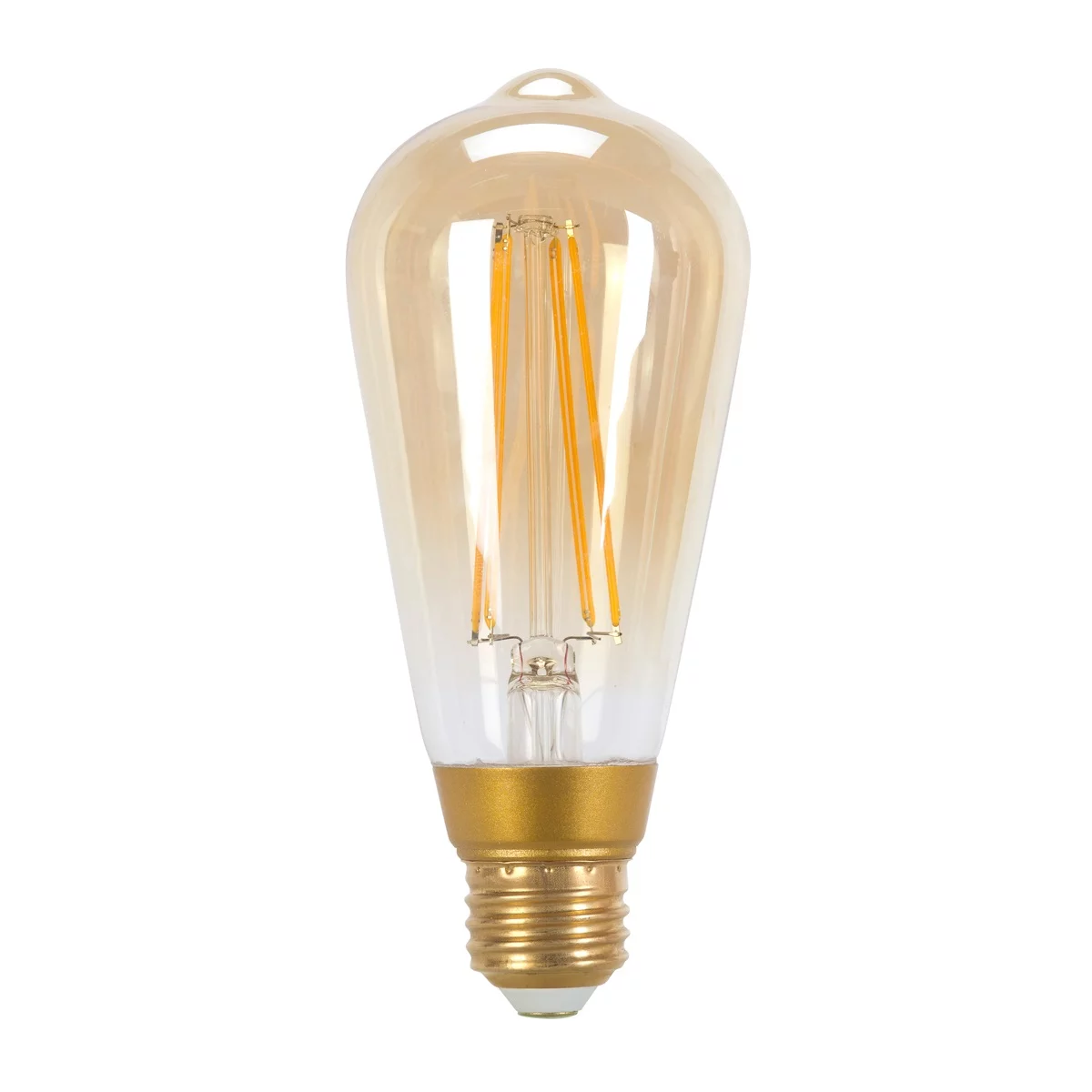
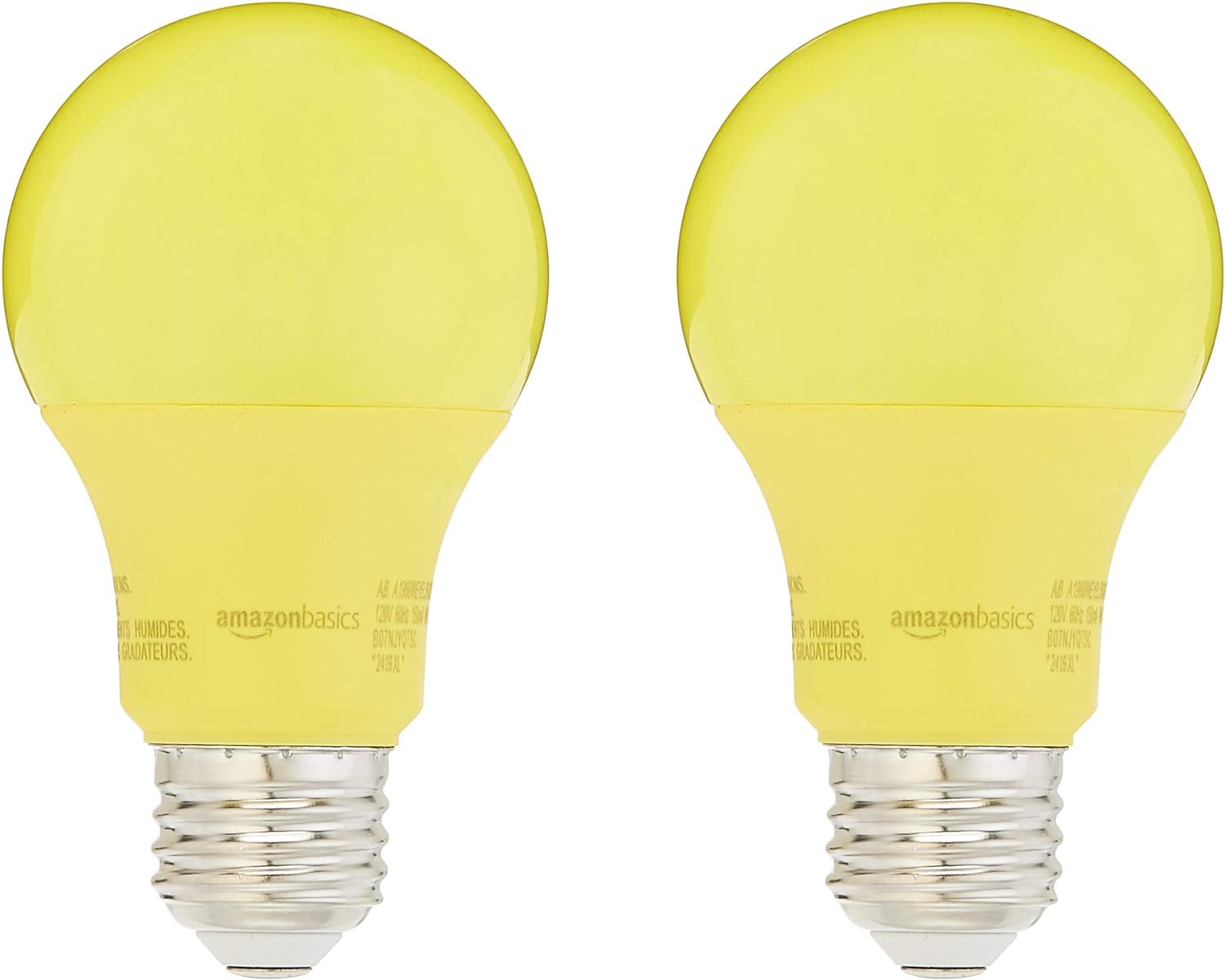
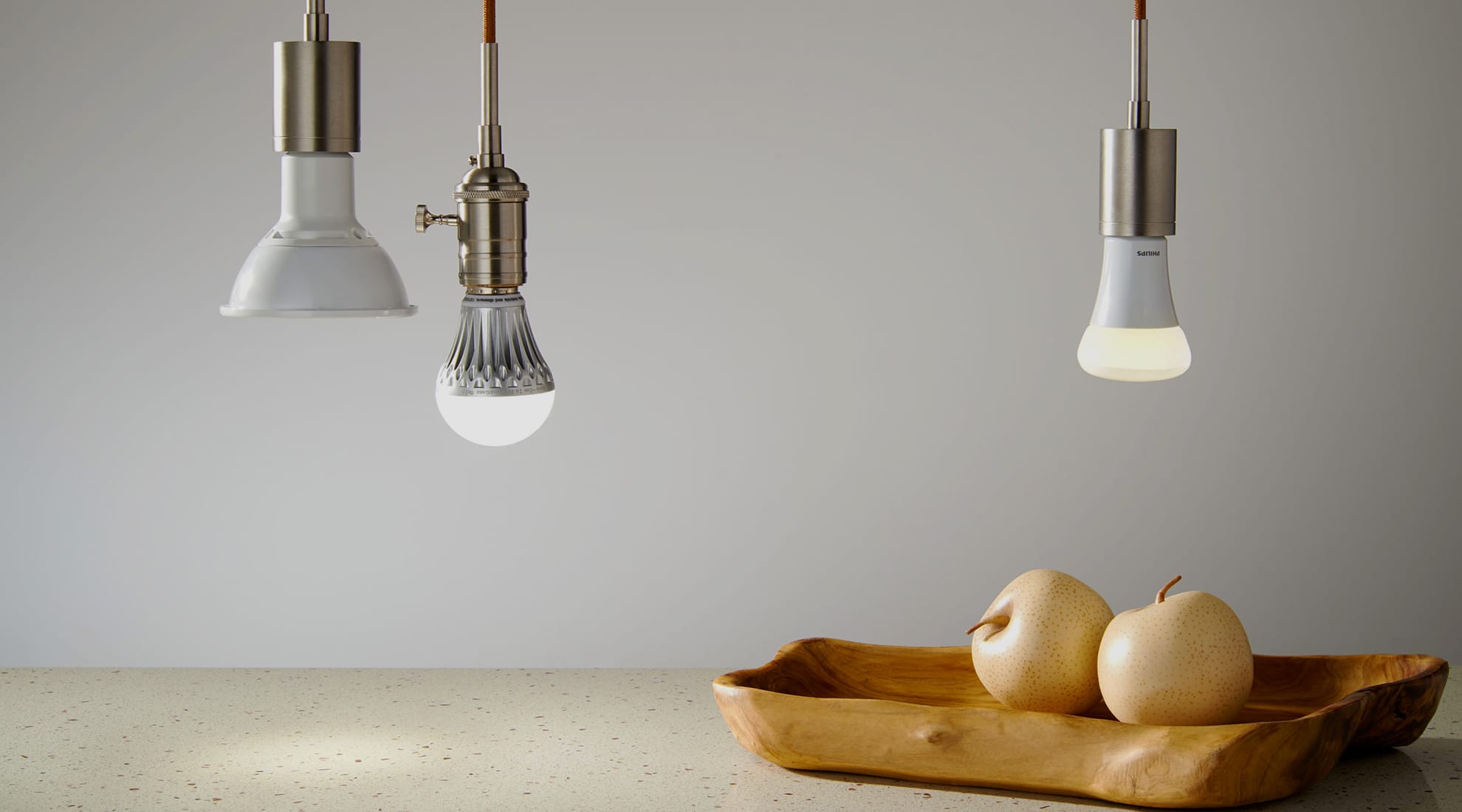
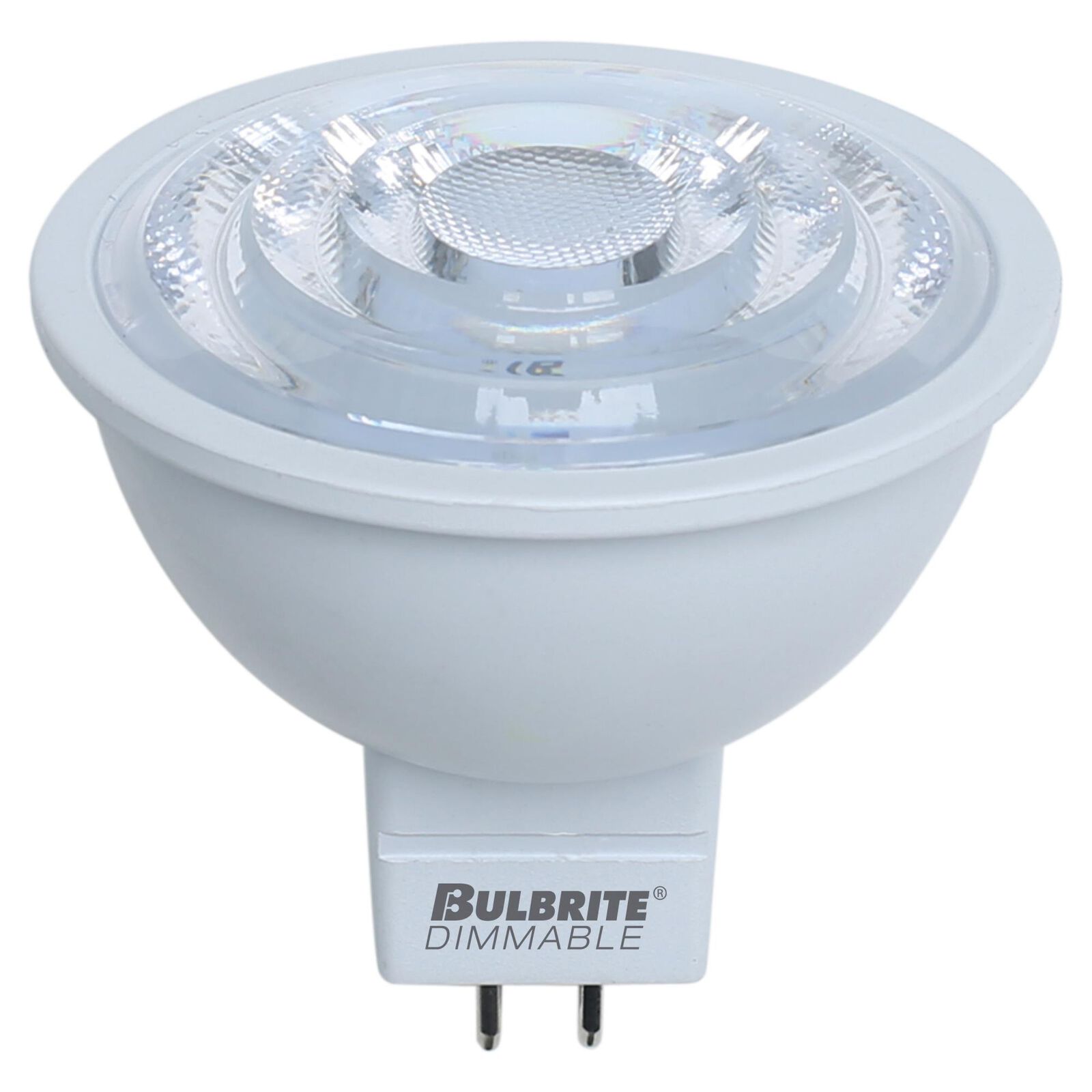
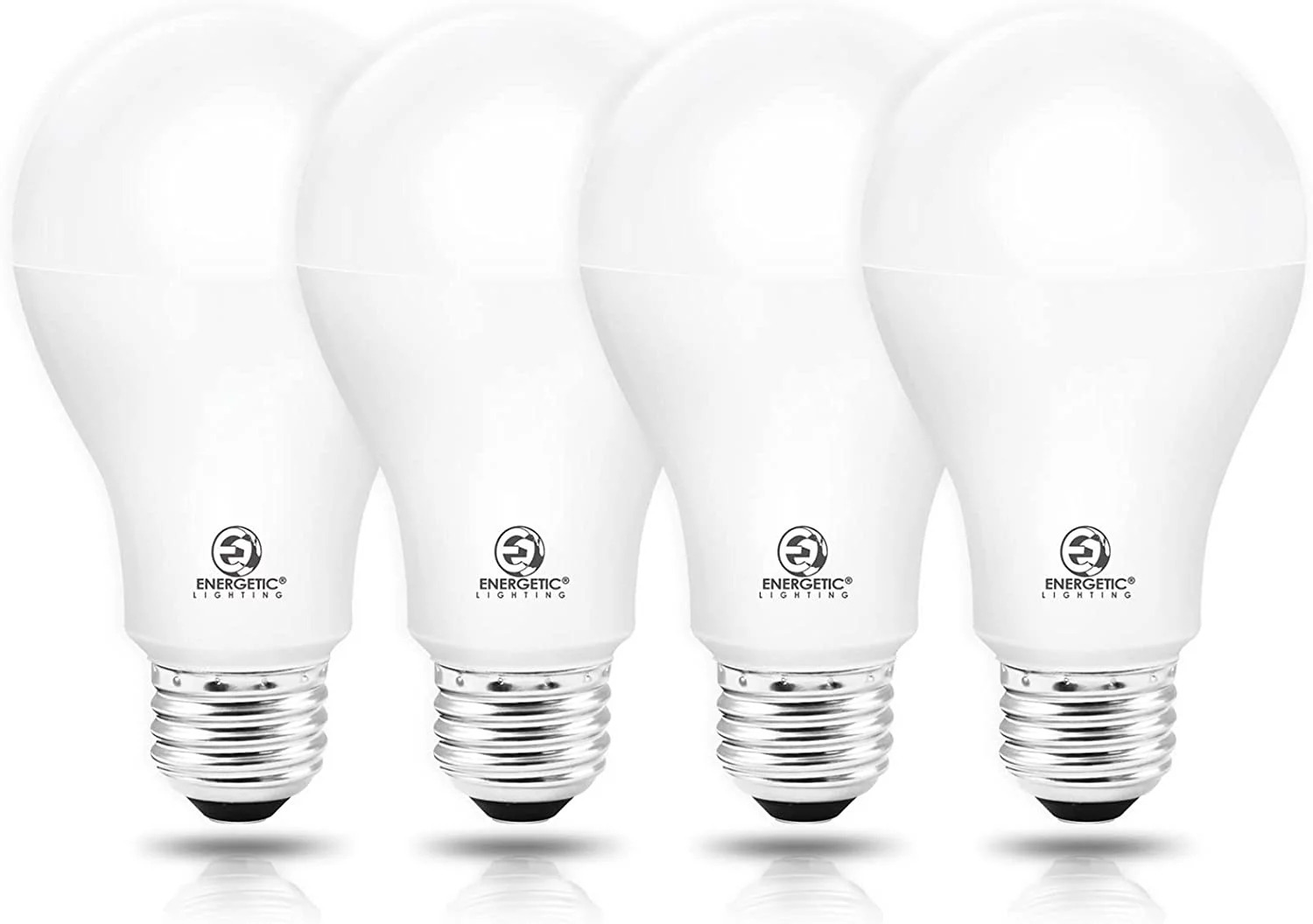
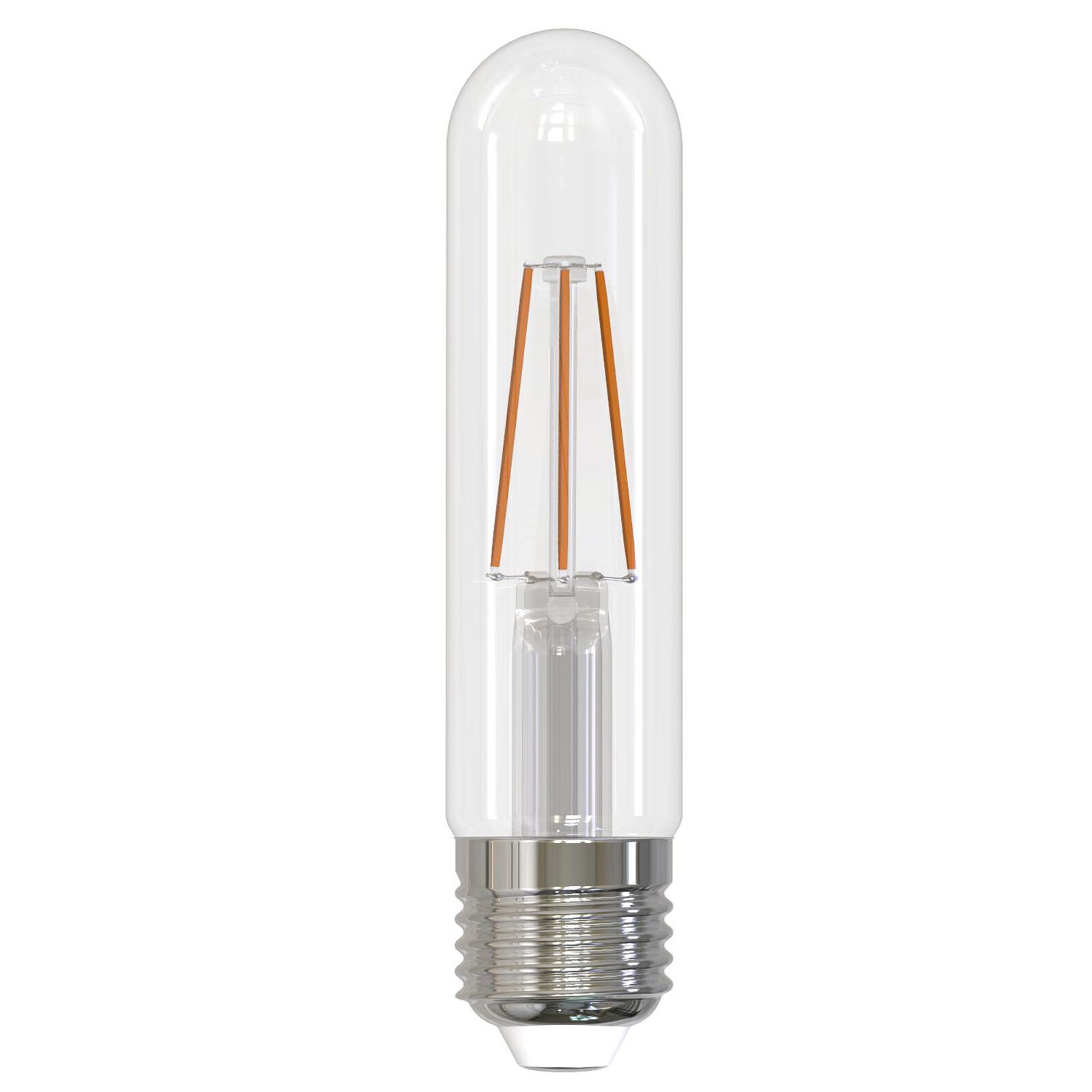


0 thoughts on “How Many Watts Is A C7 LED Bulb”